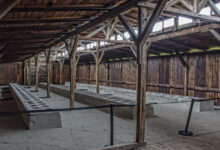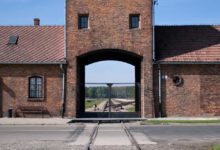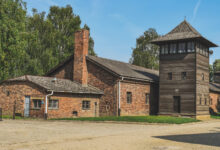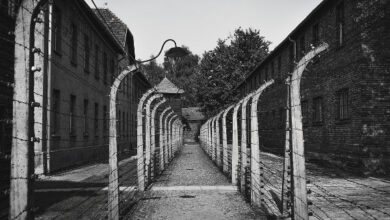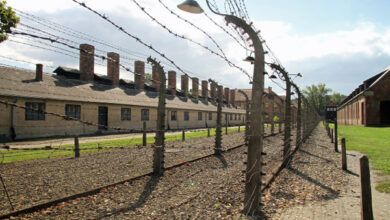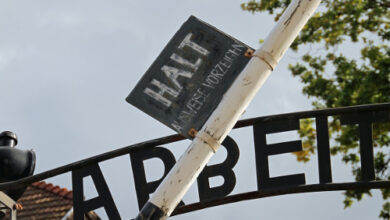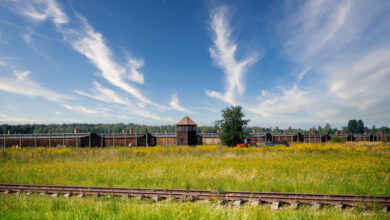How many days do you need to visit Auschwitz?
Planning Your trip and days for Auschwitz visit
When planning a visit to Auschwitz, the time you dedicate to this deeply impactful site is essential for a thorough understanding of its historical significance. A visit to both Auschwitz I and Auschwitz II-Birkenau is necessary to grasp the extent and gravity of the events that took place during the Holocaust.
It is recommended to allocate at least 90 minutes for Auschwitz I and a similar duration for Auschwitz II-Birkenau. This allows you to reflect on the memorial’s exhibits and the chilling history it preserves.
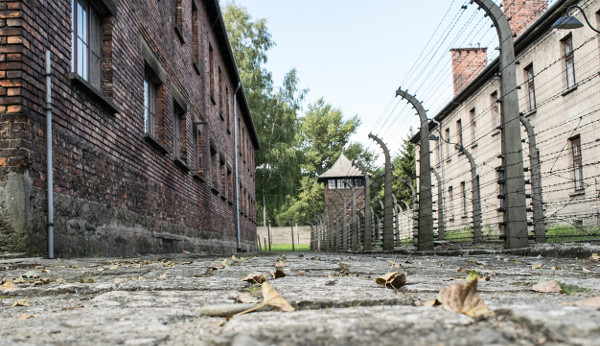
To ensure a meaningful visit, it’s advisable to engage with the history of the site through the insights of a guide-educator.
While admission to the grounds is free of charge, securing entry cards in advance is required due to the high demand and the importance of preserving the site’s integrity.
Accounting for the time spent with a guide and the emotional weight of the visit, a full day allows for a thorough experience. However, some visitors choose to spread their visit over two days, which provides an opportunity to absorb and contemplate the historical context at a more measured pace.
Table of Contents:
Planning How many days is needed for Auschwitz
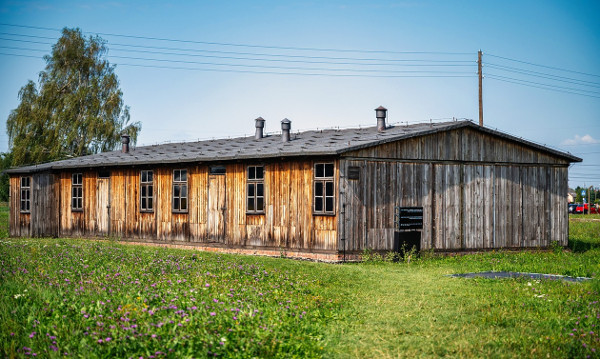
To ensure a seamless and respectful visit to Auschwitz, it’s vital to arrange your bookings beforehand, acquaint yourself with the best visiting times, understand transport options, select an appropriate Auschwitz tour, gauge the duration of your stay, and follow all museum rules and recommendations.
Auschwitz Booking and Admission
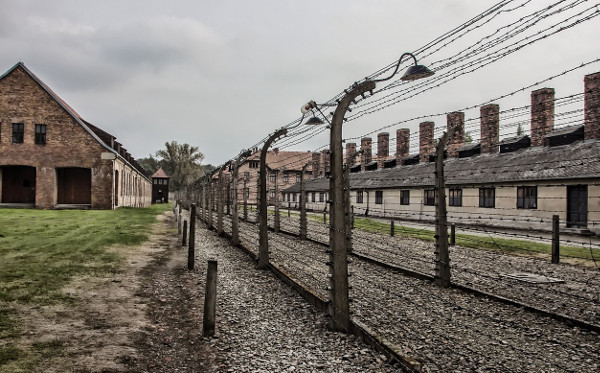
Tickets to Auschwitz can be obtained through the official website: visit.auschwitz.org. Booking in advance is crucial as entry passes are limited, especially for Auschwitz I and Auschwitz II-Birkenau.
Individual visitors and groups must reserve their spots online. Check for availability of entry cards as these are mandatory for entry. Read also How to book Auschwitz Tour
Best Time to Visit Auschwitz
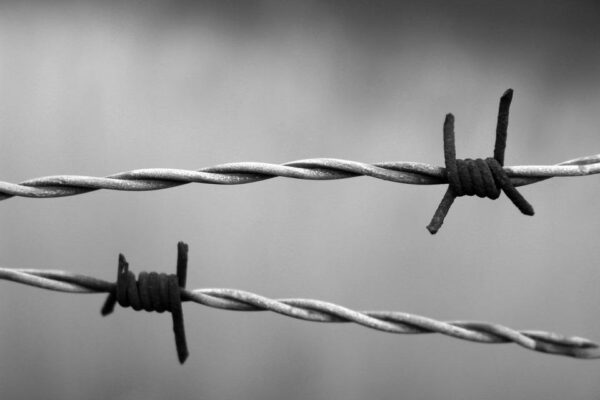
The peak season tends to be during the summer months, so consider visiting during off-peak periods for a less crowded experience.
Keep in mind the museum’s opening hours which vary based on the season and can be found on the official website.
Transportation and Directions
Auschwitz is located near the town of Oświęcim. From Kraków, it’s approximately 75 km, and can be reached by local buses or private transportation. Read also How to get to Auschwitz from various Polish cities
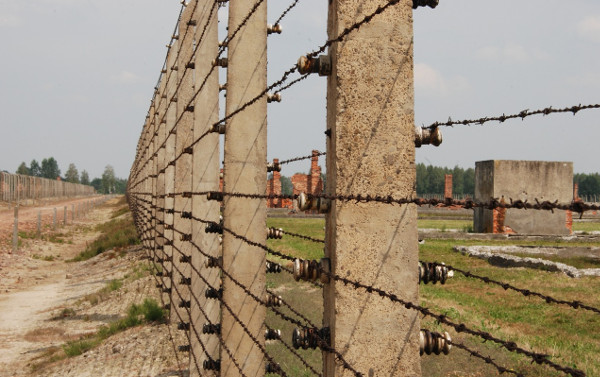
Directions to the site are well indicated on local roads. Be sure to plan whether you’re arriving from Kraków or Katowice to choose the best transport option.
Auschwitz Tour Options
Multiple Auschwitz tour options are available, ranging from guided tours with an educator to personalised experiences. Tours can vary in length, so select one that fits your schedule and interests.
Guides often offer more depth to the visitation experience.
Visit Duration
Allocate a minimum of 90 minutes for touring either Auschwitz I or Auschwitz II-Birkenau. For a comprehensive experience, at least three-and-a-half hours should be reserved.
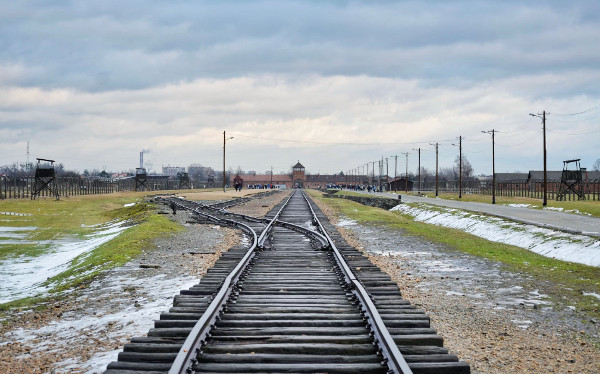
Language and Accessibility
The museum offers guided tours in multiple languages. Ensure to book a tour that accommodates your language preference.
Regarding accessibility, the museum is equipped to assist visitors with mobility issues, but check the museum’s website for specific details.
Rules and Recommendations
Before visiting, familiarise yourself with the rules for visiting and security checks. Bags larger than 30x20x10 cm are not allowed; secure storage is available onsite.
Wear comfortable shoes and be prepared for various weather conditions. Taking pictures is allowed in most areas, but restrictions apply to certain locations. Eating is prohibited on the museum grounds; however, restrooms and a cafeteria are available. Only small bags are permitted inside the museum for your convenience and safety.
Understanding Auschwitz
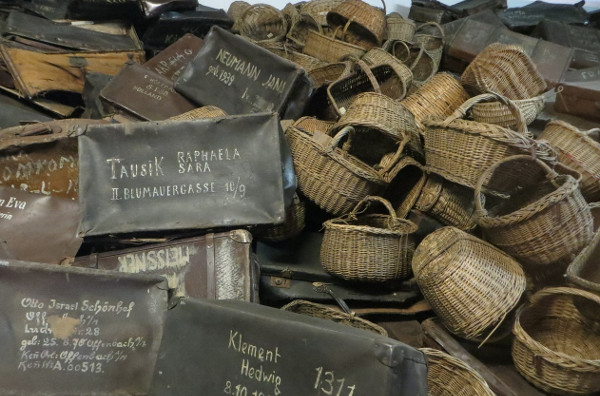
When visiting Auschwitz, you are stepping into a significant part of history, where the systematic atrocities of the Holocaust took place, involving millions of victims including Jews, Poles, Romas, and others.
Your visit will lead you through two main parts of the camp: Auschwitz I and Auschwitz II-Birkenau, each with their own distinct attributes and histories.
The Historical Context about Auschwitz
Auschwitz was a network of Nazi concentration and extermination camps operating during World War II. The Nazis first used it as a concentration camp for Polish political prisoners. Later, it became a major site of the Nazi’s “Final Solution”, a plan to exterminate the Jews of Europe.
Auschwitz I housed the infamous “Arbeit macht frei” gate and was the administrative centre. Auschwitz II-Birkenau was built later and became the larger killing site with its gas chambers and crematoria.
Here, European Jews and other groups were subjected to unimaginable suffering and death.
Exploring Auschwitz I
Auschwitz I, the first and original camp, contains many intact buildings, including prisoner barracks, the camp headquarters, and the notorious entrance gate with the inscription “Arbeit macht frei”.
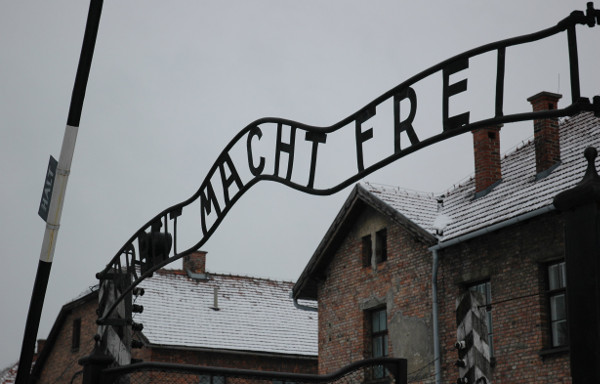
It functions today as the main museum, where you can explore exhibitions that detail the lives of the prisoners, the harrowing conditions they endured, and the brutal treatment by the Nazi guards.
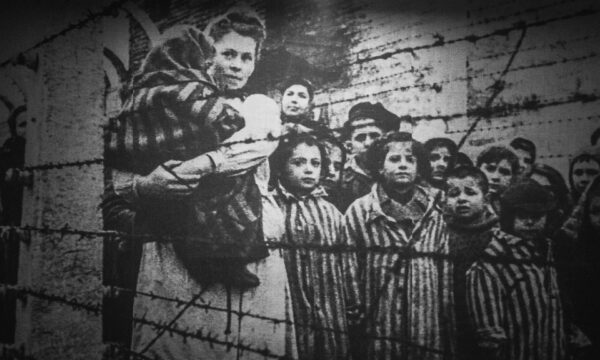
Exploring Auschwitz II-Birkenau
The expansive grounds of Auschwitz II-Birkenau present a different aspect of the camp’s history. Primarily an extermination camp, Birkenau’s remnants include the railway tracks where prisoners arrived, the ruins of the gas chambers and crematoria, and rows of barracks where prisoners lived in deplorable conditions.
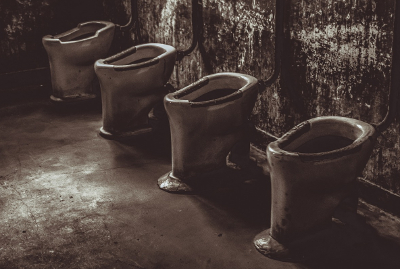
It’s essential to walk through this part of the Memorial to fully comprehend the scale of the atrocities committed here.
Education and Memorialisation
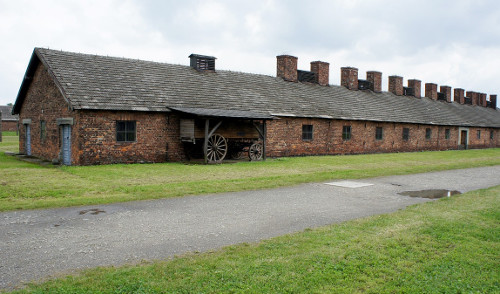
Education is a central component of the Auschwitz Memorial. Guides trained in the history of the Holocaust and the specific atrocities at Auschwitz are available to deepen your understanding of the site and its significance.
Visiting with a guide is highly recommended to gain a comprehensive insight into the complex history behind the camp and to pay respects to the memory of the victims, including countless children. The act of walking the grounds serves as a form of memorialisation, with each step serving as a tribute to those who suffered.
Auschwitz Visit Logistics
When planning your visit to Auschwitz, it’s essential to consider various logistics regarding facilities, food, conduct, and accessibility to ensure a respectful and insightful experience.
Facilities Onsite
Auschwitz provides basic visitor facilities. At the entrance, you will encounter a security check; be prepared for this process as it’s in place to ensure the safety and security of the site.
Lockers are available to store your belongings, and there are restrooms situated at various points within the grounds. It’s advised to wear comfortable shoes due to the size of the grounds and the amount of walking involved.
Food and Breaks
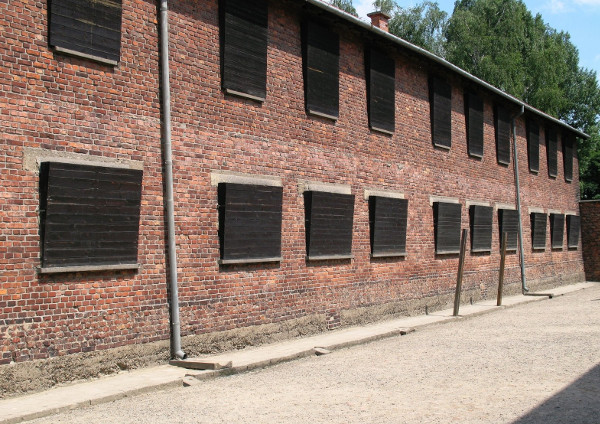
There are no catering services available onsite, so it’s important to plan accordingly.
It’s recommended to have a substantial breakfast before your visit. You can bring your own food and water, but remember to take breaks respectfully and discretely, as the site demands solemnity and respect due to its nature. Check also Auschwitz Tour with lunch included
Photography and Conduct
Taking pictures is allowed for personal use in most areas, but there are specific rules for visiting that prohibit photography, such as in the rooms containing human hair and at the Book of Names.
Always observe signs and follow any instructions from onsite staff. The use of drones for photography or any other purposes is strictly forbidden.
Read also:
- Auschwitz and Wieliczka Tour from Krakow
- Auschwitz III–Monowitz
- Auschwitz Sub-Camps
- Auschwitz Dress Code
- Auschwitz Tickets Without Guide
- How to Prepare for Auschwitz Tour
- Cheapest Way to Visit Auschwitz
- Krakow Airport to Auschwitz
- Was Treblinka Worse than Auschwitz?
- Where is Best to Stay for Visiting Auschwitz?
Accessibility and Comfort
The dimensions and surfaces of the site vary. For instance, some areas like the even paths at Auschwitz I are more accessible than the rougher terrain of Birkenau. If you have mobility concerns, plan your visit ahead and contact the visitor services for advice on accessibility.
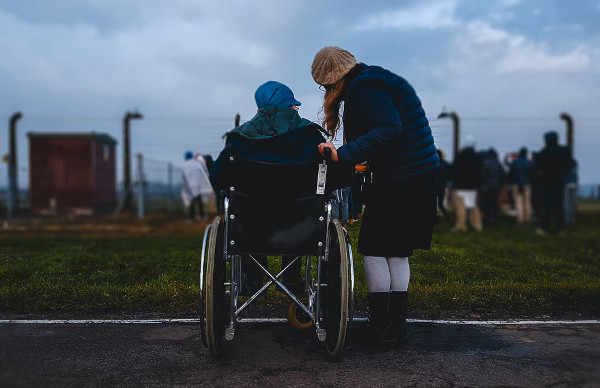
The site is large, so prepare for a long walk. Also, consider the weather, as it affects comfort. Layered clothing is advisable.

